Chicago’s self-titled album, back when they were Chicago Transit Authority, was very ambitious for 1969. All those horns! How would you rank it?
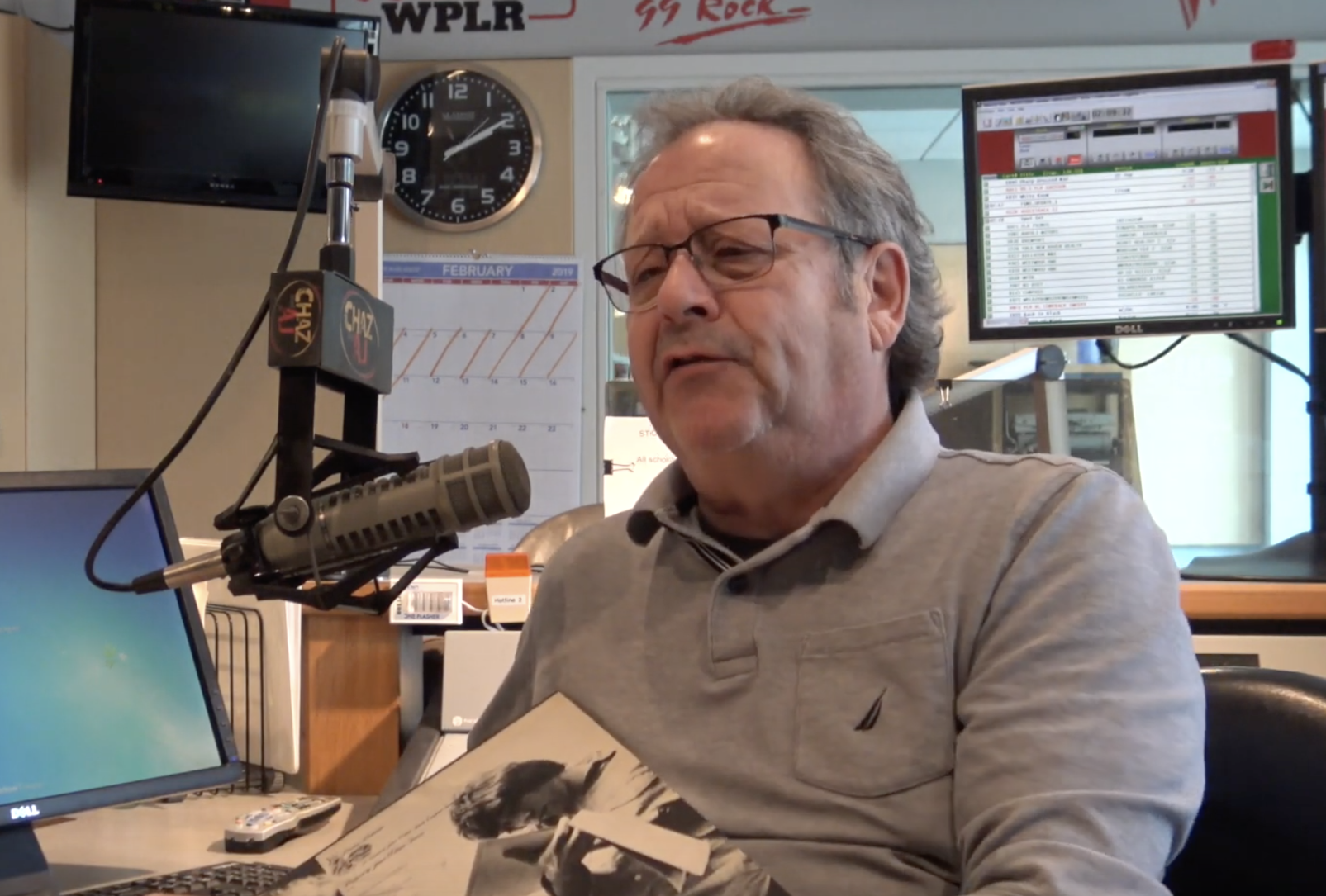

Chicago’s self-titled album, back when they were Chicago Transit Authority, was very ambitious for 1969. All those horns! How would you rank it?
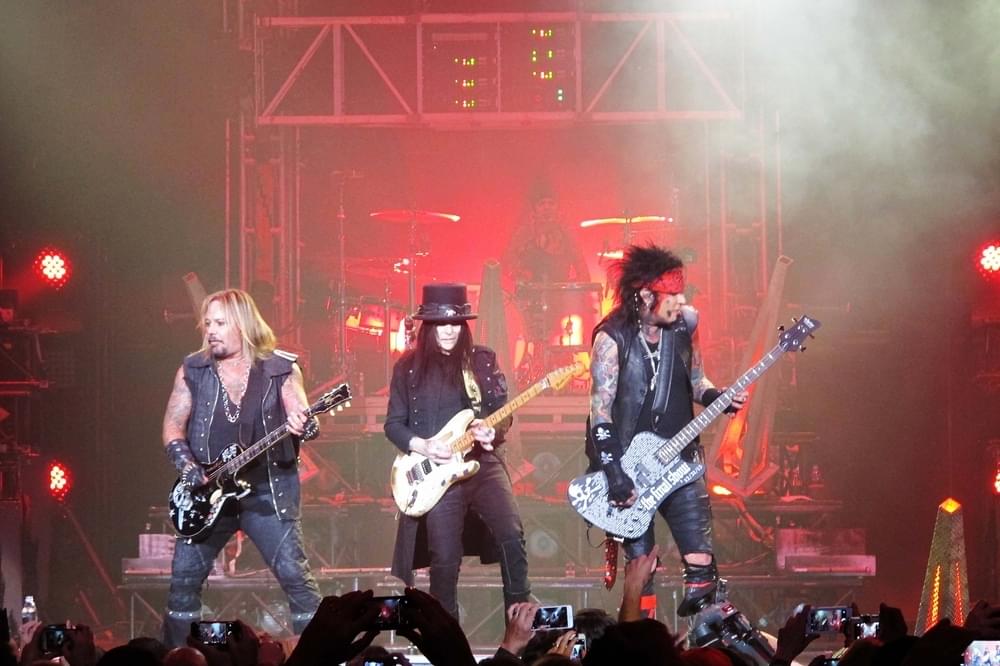
On March 22nd, you’ll be able to watch The Dirt on Netflix, which is Motley Crue’s film version of their memoir.
Yesterday, bassist Nikki Sixx tweeted out the trailer which highlights major “dirt” in the band’s history, like the crash that killed their drummer, drug overdoses, a celeb marriage and lots of makeup.
Check out the trailer:
<iframe src=”https://www.facebook.com/plugins/video.php?href=https%3A%2F%2Fwww.facebook.com%2FMotleyCrue%2Fvideos%2F1507771289353576%2F&show_text=0&width=476″ width=”476″ height=”476″ style=”border:none;overflow:hidden” scrolling=”no” frameborder=”0″ allowTransparency=”true” allowFullScreen=”true”></iframe>
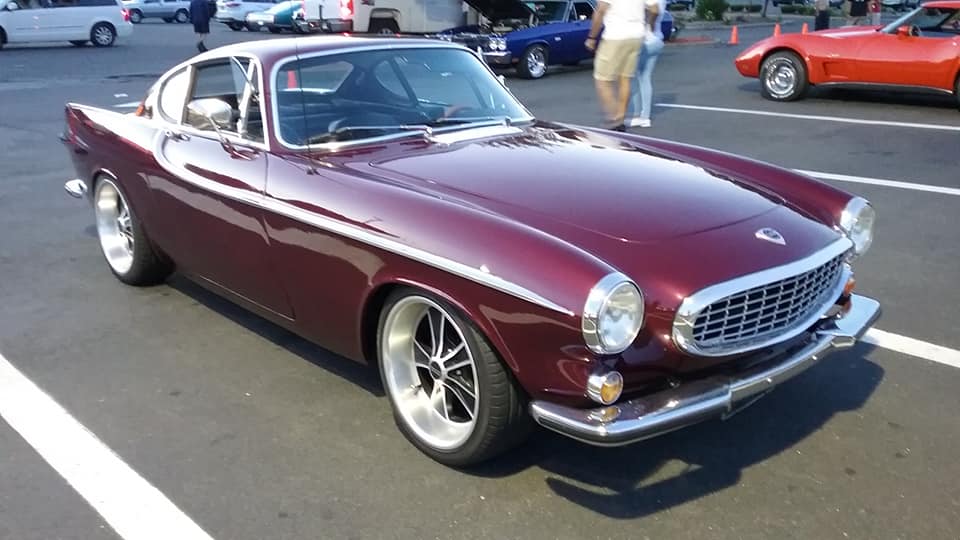
Car: Volvo 1800S
Year: 1965
What makes it special: Volvo’s P1800 was a 2+2, front-engine, rear-drive sports car manufactured and marketed between 1961-1973. Originally a coupe from 1961–1971, it was altered into a shooting-brake for the duration of its production. Styling was by Pelle Petterson under the tutelage of Pietro Frua when Frua’s studio was a subsidiary of the prestigious Italian Carrozzeria-Ghia, and mechanicals derived from Volvo’s dependable Amazon/122 series.
What made it famous: Marketed as a stylish touring car rather than a sports car, the P1800 became widely known when driven by future James Bond actor Roger Moore in the hit television series “The Saint” which aired from 1962-1969. In 1963 production was moved to Volvo’s Lundby Plant in Gothenburg and the car’s name was changed to 1800S, with S standing for Sweden. The engine was the B18, with B for the Swedish word for gasoline: Bensin, 18 for 1800 cc displacement with dual SU carburetors, producing 100 hp. This variant named B18B had a higher compression ratio than the slightly less powerful twin-carb B18D used in the contemporary Amazon 122S, as well as a different camshaft. In 1966 the four-cylinder engine was updated to 115 bhp. Top speed was 109 mph. In 1969 the B18 engine was replaced with the 2-litre B20B variant of the B20 giving 118 bhp, though it kept the designation 1800S.
Why I would want one: I have love the sporty styling with the almost pony car look of the long nose/short truck style of the 1800 series.
Fun fact: In 1998, an 1800S was certified as the highest mileage private vehicle driven by the original owner in non-commercial service, having exceeded three million miles as of 2013.

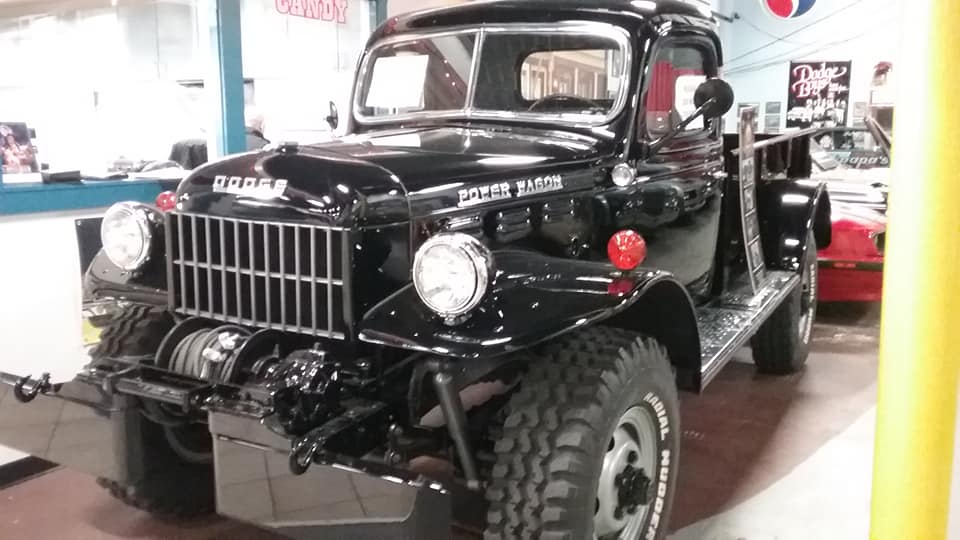
Car ( Or in this case, truck ): Dodge Power Wagon
Year: 1953
What makes it special: The Dodge Power Wagon is a four wheel drive medium duty truck that was produced in various model series from 1945 to 1981, then as a nameplate for the Dodge Ram from 2005 to 2013, and, most recently ‘13-present, as an individual model marketed by Ram Trucks. It was developed as the WDX truck, and until about 1960 it was internally known by its engineering code T137 – a name still used for the original series by enthusiasts. The original civilian version, commonly called the “flat fender” Power Wagon or FFPW, was mechanically based on Dodge’s 3/4-ton WC series of World War II military trucks. The Power Wagon was the first mass-produced 4×4 medium duty truck, and represents a significant predecessor to the many modern four wheel drive trucks in use today. Updated variants continued in production until 1964.
What made it famous: Meant to compete with military-based Ford/Marmon-Herrington and GMC trucks, it had an enclosed all-weather civilian cab and a purpose-designed 8-foot cargo box. It had a 126 inch up to a 147″ wheelbase chassis and featured the 230 cubic-inch flathead inline-six engine, a 4-speed manual transmission, a two-speed 1.96-1 ratio low range transfer case for part time 4-wheel drive with a power take off, or PTO which would send power front or rear for operating auxiliary equipment, and 9.00/16-8 ply tires on 16×6.50 inch 5-stud split ring steel rims. In 1961 the 230 was replaced with the 251 cubic-inch flat head six.
Why I would want one: This to me is the ultimate four-wheel- drive truck. It has the clearance and gearing to go just about anywhere. It’s a kickass off-road vehicle.
Fun fact: Following Chrysler Corporation policy of badge engineering to provide a greater number of sales outlets overseas, Power Wagons were also marketed around the world under the Fargo and De Soto badges.


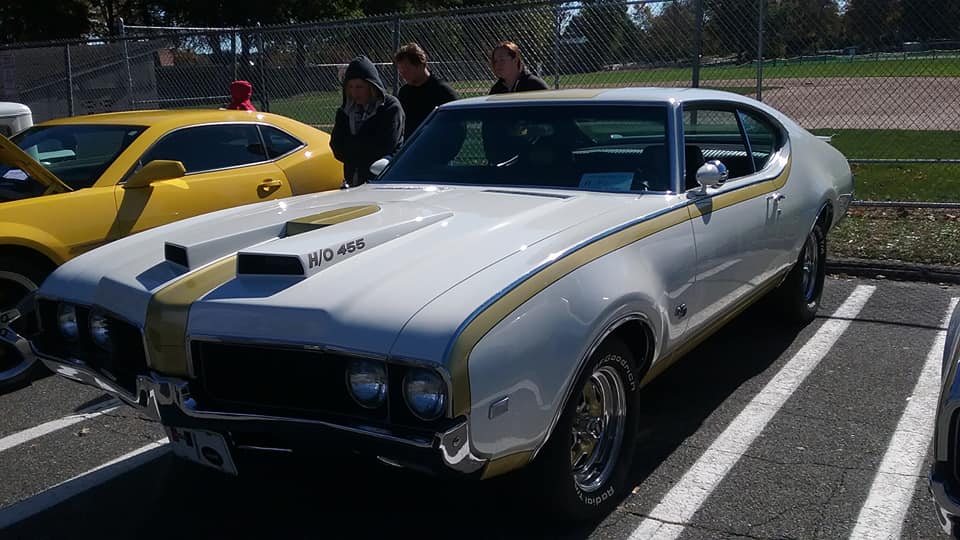
Car: Oldsmobile/Hurst Olds 4-4-2
Year: 1969
What makes it special: Following the success of Hurst components in Oldsmobile‘s 442 models, Oldsmobile, in collaboration with Hurst Performance of Warminster, Pennsylvania, produced special-edition performance versions of the 442 or Cutlass Supreme, the Hurst/Olds. The first Hurst/Olds was the 1968 Hurst/Olds.
What made it famous: The Hurst/Olds returned for the 1969 model year. The biggest change was the switch to a new Firefrost gold on white paint scheme. This would be the primary paint scheme for many Hurst/Olds models of later years. Instead of the dual ram air scoops under the front bumper that was used in ’68 and other ram air ’69’s, the H/O received a functional “mailbox” fiberglass hood scoop with H/O 455 on each side. A spoiler was mounted on the trunk and the car sat on unique 15×7 chrome SSII rims with Goodyear F60x15 Polyglas tires. The exterior was finished off with a pair of English racing mirrors, H/O emblems on the front fenders and deck lid, blacked out 442 grilles, and black hand-applied pinstripes. Interior modifications included a different wood veneer on the mini-console, painted gold stripes on the headrests, and a Hurst/Olds emblem on the glove-box door. The non-drive train modifications were done at Demmer Engineering. The 455 cubic-inch Rocket V8 W46 was rated at 380 horsepower and 500 lb/ft of torque. This is the same engine as A/C equipped 68 Hurst Olds’ and provided better drivability. The same engine was used for both A/C and non-A/C cars. The engine received a unique intake manifold, chrome steel valve covers, and a special vacuum operated air cleaner lid to allow cold air from the hood scoop into the carburetor. This was backed up by a specially calibrated code OH Turbo 400 transmission and 3.42 gears for non-A/C cars or 3.08 gears for cars with A/C. Optional 3.91 gears were available only for non-A/C cars.
Why I would want one: If you wanted the ultimate Olds 4-4-2 for the 1960’s, the H/O 455 was the way to go.
Fun fact: All of the ’68 and ’69 H/Os were pinstriped by one person. Approximately 913 cars were built including 2 convertibles for Hurst promotional use, one for East coast events and one for West coast events. (A third was built after one of the original two was destroyed.)
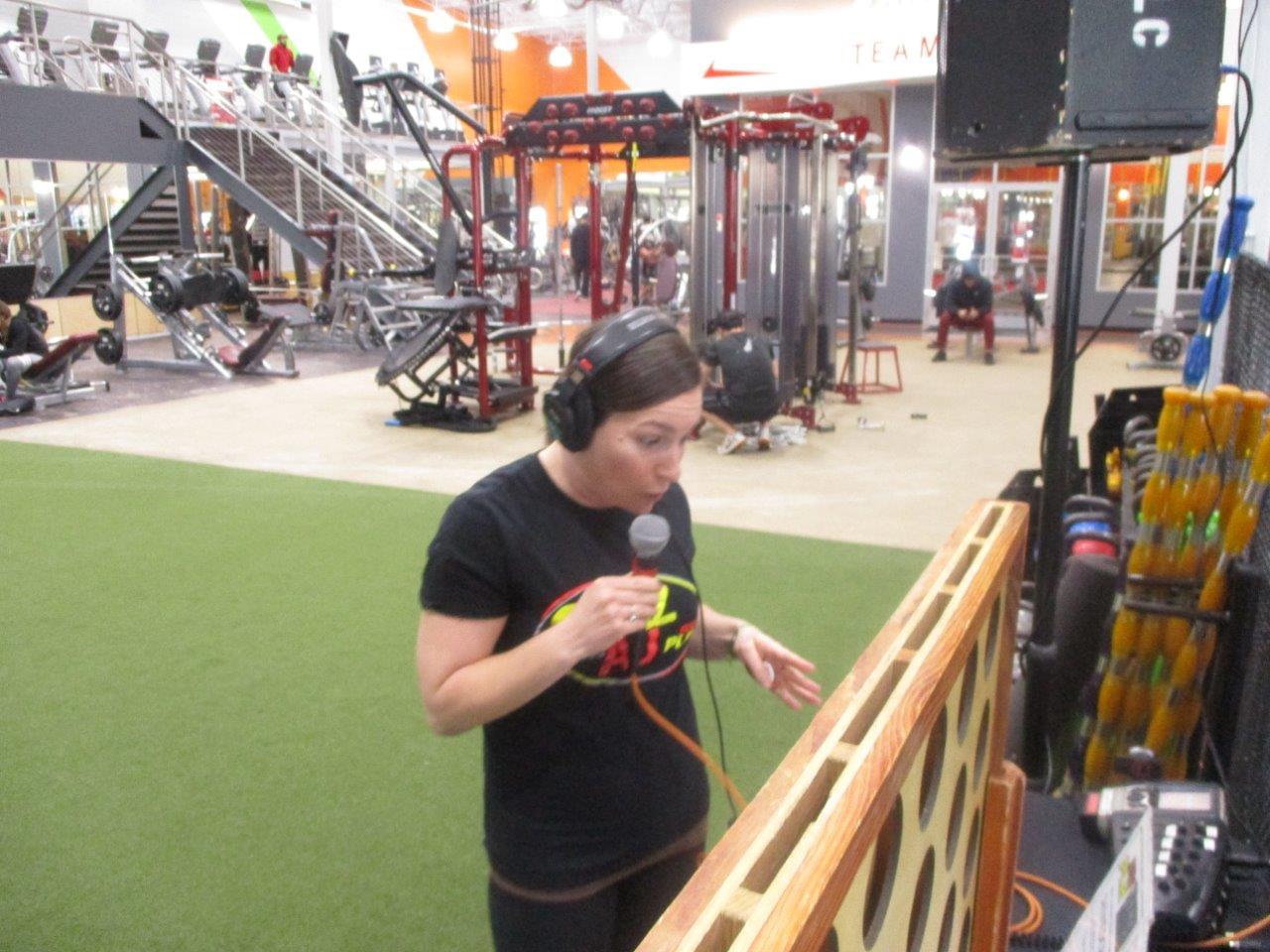

Sharon Osbourne will have her Valentine today, after all. But, they will most likely be dining on jello in the hospital.
Earlier this month, Ozzy Osbourne was admitted to the hospital with complications from the flu and bronchitis, which is not a good thing if you’re a singer and 70 years old. He had to be transferred to the ICU when his condition was deteriorating and doctors were keeping an eye out for the possible development of pneumonia.
Thankfully, his wife Sharon confirmed via twitter (which has since been deleted) that he was taken off the ventilator and moved out of the intensive care unit.
Thank you to everyone for all your get well messages and support for Ozzy. We are overwhelmed and truly touched by everyone’s thoughtfulness.
— Sharon Osbourne (@MrsSOsbourne) February 12, 2019
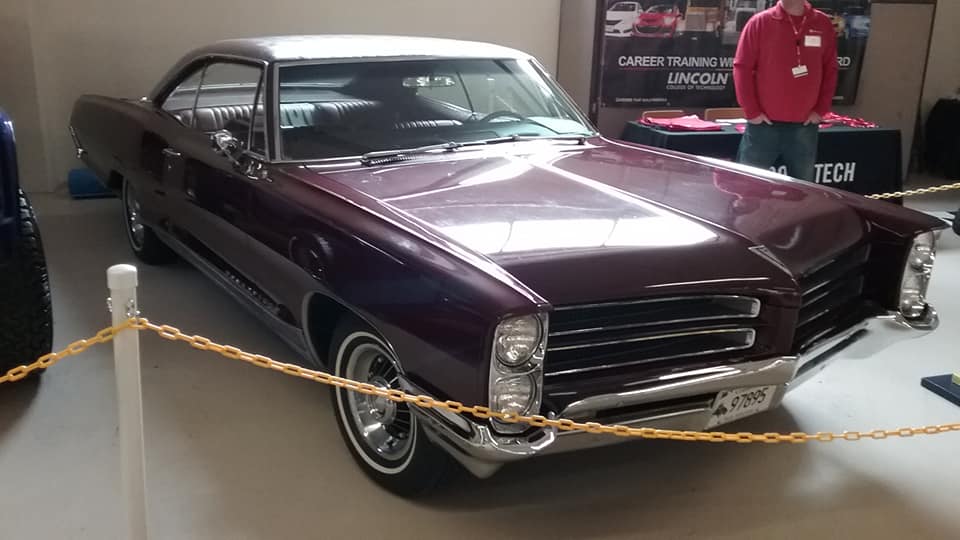
Car: Pontiac Bonneville Hardtop
Year: 1966
What makes it special: The Pontiac Bonneville was built from 1957 to 2005. They were full-sized, with the exception of a brief period of mid-size between 1982-86. The brand was introduced as a limited production performance convertible during the 1957 model year. The Bonneville and its platform partner, the Grand Ville, are some of the largest Pontiacs ever built.
What made it famous: Starting in 1965, All GM “B” body cars were dramatically restyled. Swooping rooflines, rakish fender lines and the “Coke bottle” profile contributed to making one of the most popular body styles ever produced. The Bonneville got the new styling, with plenty of bright trim on the lower body sides and on the rear deck. Inside, new upholstery and instrumentation were featured. Bonneville models were standard equipped with Turbo Hydra-Matic automatic transmissions. Other options included power steering and power brakes as well as air conditioning. Other popular options included power windows, power seats, radio, cruise control, and 8-lug aluminum wheels that included integral brake drums for improved stopping power. The Bonneville also had more powerful standard V8 engines than other full-sized Pontiacs including the 389 cu in or 400 cu in V8’s with 4-barrel carburetors with many optional V8 offerings available including Tri-Power, with three 2-barrel carburetor options on both the 389 cu in and 421 cu in V8’s that offered up to 376 hp through 1966.
Why I would want one: For such a large car, it still had a very sporty look to it, and loads of style.
Fun fact: In station wagon body styles they reached just over 230 inches ong, and at 5,000 pounds and more were also some of the heaviest cars produced at the time. Also, they came with a Jetaway 315 and also were available as hearses.